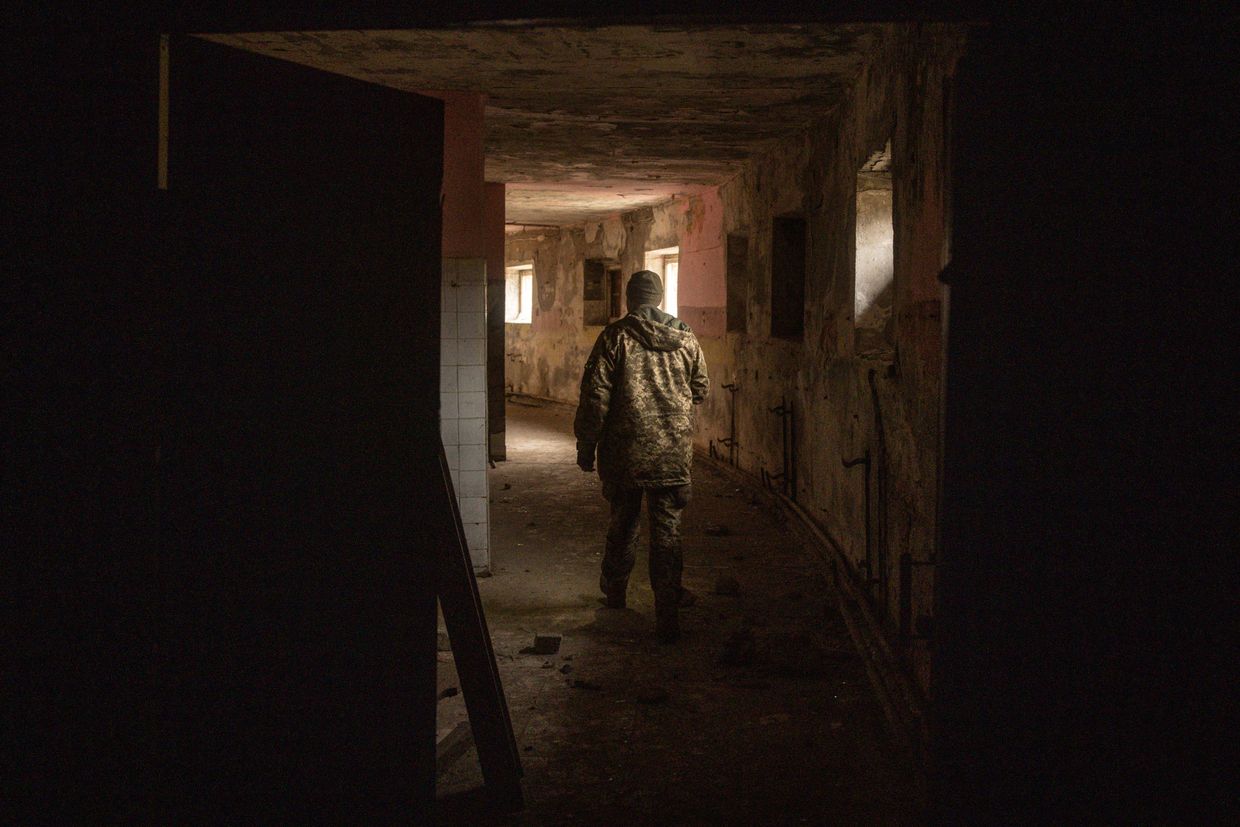The sanctions list includes 58 individuals and 74 companies, with 67 Russian enterprises related to military technology.
Washington and its partners are considering additional sanctions if the parties do not observe a ceasefire, with political and technical negotiations between Europe and the U.S. intensifying since last week, Reuters' source said.
Despite the Kremlin's announcement of a May 8–11 truce, heavy fighting continued in multiple regions throughout the front line.
The Kyiv Independent’s contributor Ignatius Ivlev-Yorke spent a day with a mobile team from the State Emergency Service in Nikopol in the south of Ukraine as they responded to relentless drone, artillery, and mortar strikes from Russian forces just across the Dnipro River. Nikopol is located across from the Russian-occupied Zaporizhzhia Nuclear Power Plant in the city of Enerhodar.
Peter Szijjarto's announcement came after Ukraine's Security Service (SBU) allegedly dismantled a Hungarian military intelligence network operating in Zakarpattia Oblast.
Moscow and Washington discuss the potential resumption of Russian gas supplies to Europe, among other issues related to the peaceful settlement of Russia's war in Ukraine, Russian presidential aide Yuri Ushakov confirmed to the Russian state-run Interfax news agency.
"This is a historic decision, as weapons for Ukraine will be purchased at the expense of the proceeds from frozen Russian assets through the European Peace Fund," Denys Shmyhal said.
Kurt Volker said that now "there is more alignment" between Ukraine and the U.S. under the Trump Administration than at the beginning of 2025.
The approval marks a key step in international efforts to hold Moscow accountable for what is considered the gravest violation of international law committed against Ukraine.
NBU devalues hryvnia against dollar for first time since invasion, by 25%
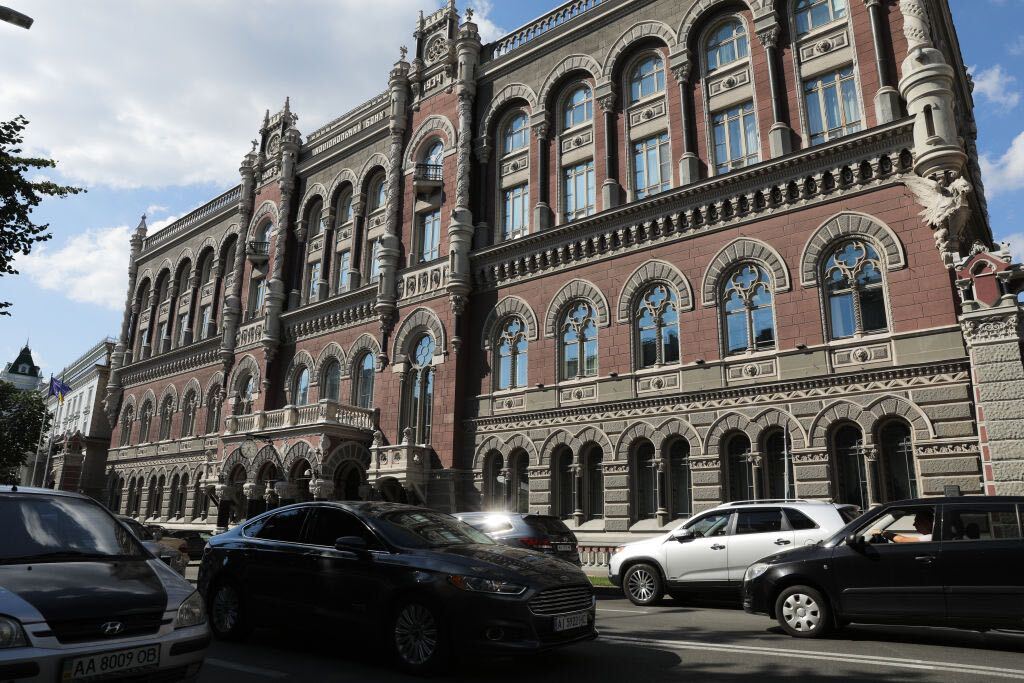
The National Bank of Ukraine has devalued the hryvnia against the dollar by 25% on July 21. The new official rate is Hr 36.57 per dollar.
The previous rate of Hr 29.25, established in February at the start of the invasion, "no longer corresponds to reality and is losing its role as an anchor for expectations," according to NBU governor Kyrylo Shevchenko.
Currency exchanges in Ukraine have been selling dollars for Hr 35 and above for some time now.
The bank said the devaluation will improve the competitiveness of Ukrainian manufacturers, enterprises, converge exchange conditions for different businesses and households and support economic resilience during the war. Shevchenko said the new rate will become an anchor for the economy.
"Keeping the exchange rate fixed will enable the NBU to maintain control over inflation dynamics and support uninterrupted functioning of the financial system," he stated. "This is the key condition for the stable operation of the economy, which is vital during the war."
The bank added that the devaluation should reduce currency speculation and improve foreign currency inflows by exporters.
The change is expected to drive up prices and contribute to inflation, deputy governor Serhiy Mykolaichuk said at a news conference.
According to the NBU, inflation has already hit 21.5% year-over-year due to the war’s economic shocks, which disrupted supply chains, drove up business costs and destroyed production lines and infrastructure. The bank expects inflation to rise just over 30% this year.
The economy is expected to shrink by at least third this year, while the World Bank expects a decrease of 45%. In 2021, the State Statistics Service estimated that real GDP grew by 3.4%
Meanwhile, the central bank decided to leave its key interest rate at 25%, expecting to maintain it at that level until the second quarter of 2024. The rate was hiked to 25% from 10% on June 2.
A day before the devaluation, Ukraine asked its creditors to agree to a two-year freeze on foreign debt repayments. Creditors have until Aug. 9 to vote on the proposal.
The NBU also put in several new regulations to try to reduce the use of international reserves. It limited cash withdrawals from hryvnia accounts abroad to Hr 12,500 per week.
P2P transfers from Ukraine abroad, using hryvnia accounts, have been reduced to Hr 30,000 from Hr 100,000 per month. And a monthly limit of Hr 100,000 has also been imposed on all payments outside Ukraine from hryvnia-based accounts.
The NBU also allowed banks to sell up to Hr 50,000 in cashless currency for the purpose of depositing it for at least three calendar months.
Most Popular
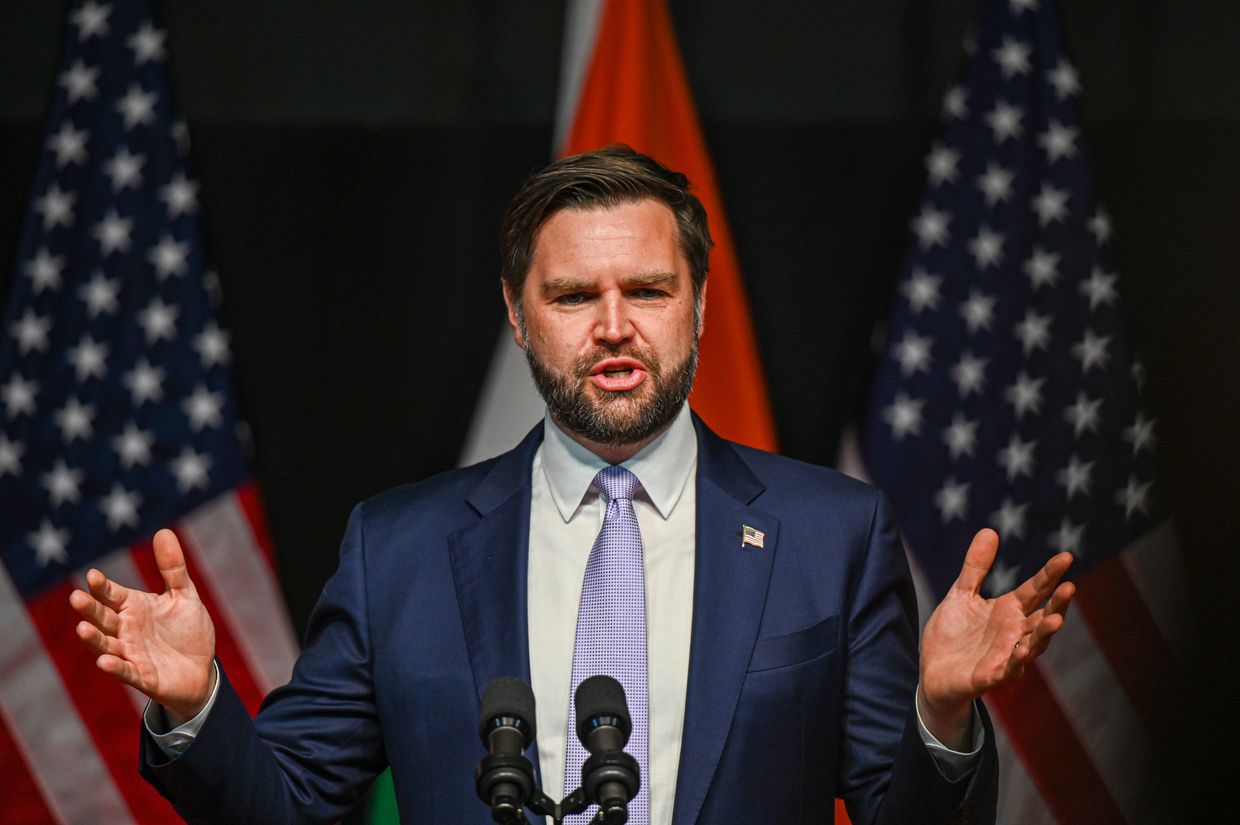
After Russia's deadly attack on Kyiv, Vance reposts denunciation of Zelensky

Ukraine, Europe's ceasefire proposal includes US security guarantees, no recognition of Crimea, Reuters reports
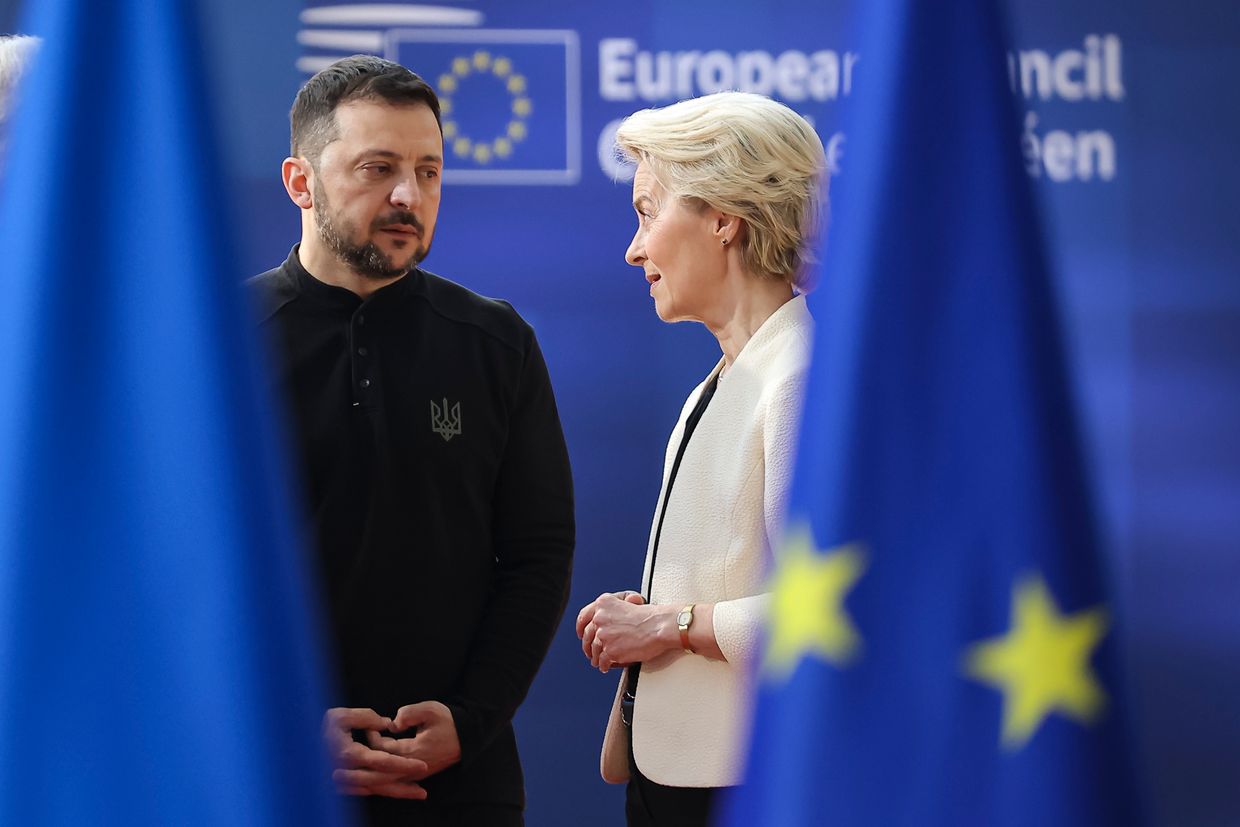
After 3 years of full-scale war in Ukraine, Europe announces plan to ban all Russian gas imports
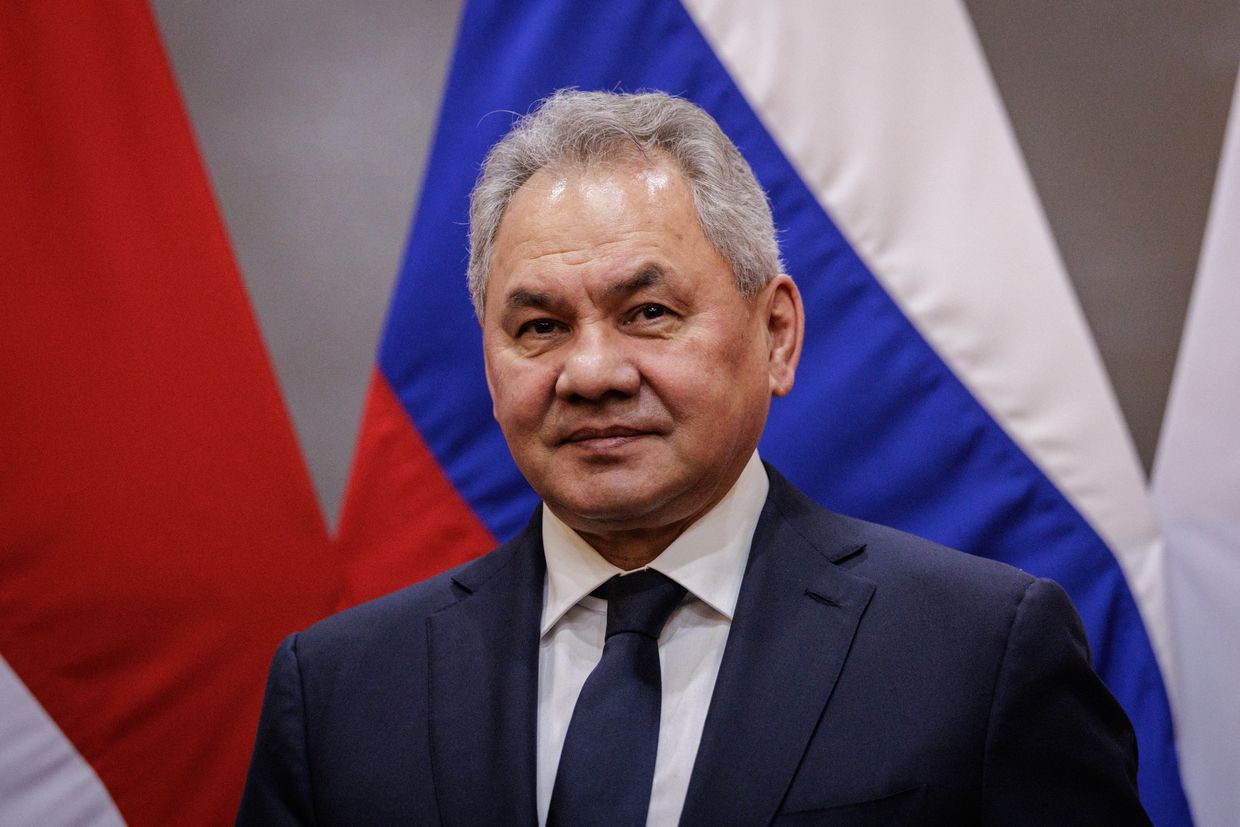
Shoigu threatens Europe with nuclear weapons if Russia is faced with 'unfriendly actions'

Journalist Roshchyna's body missing organs after Russian captivity, investigation says
Editors' Picks
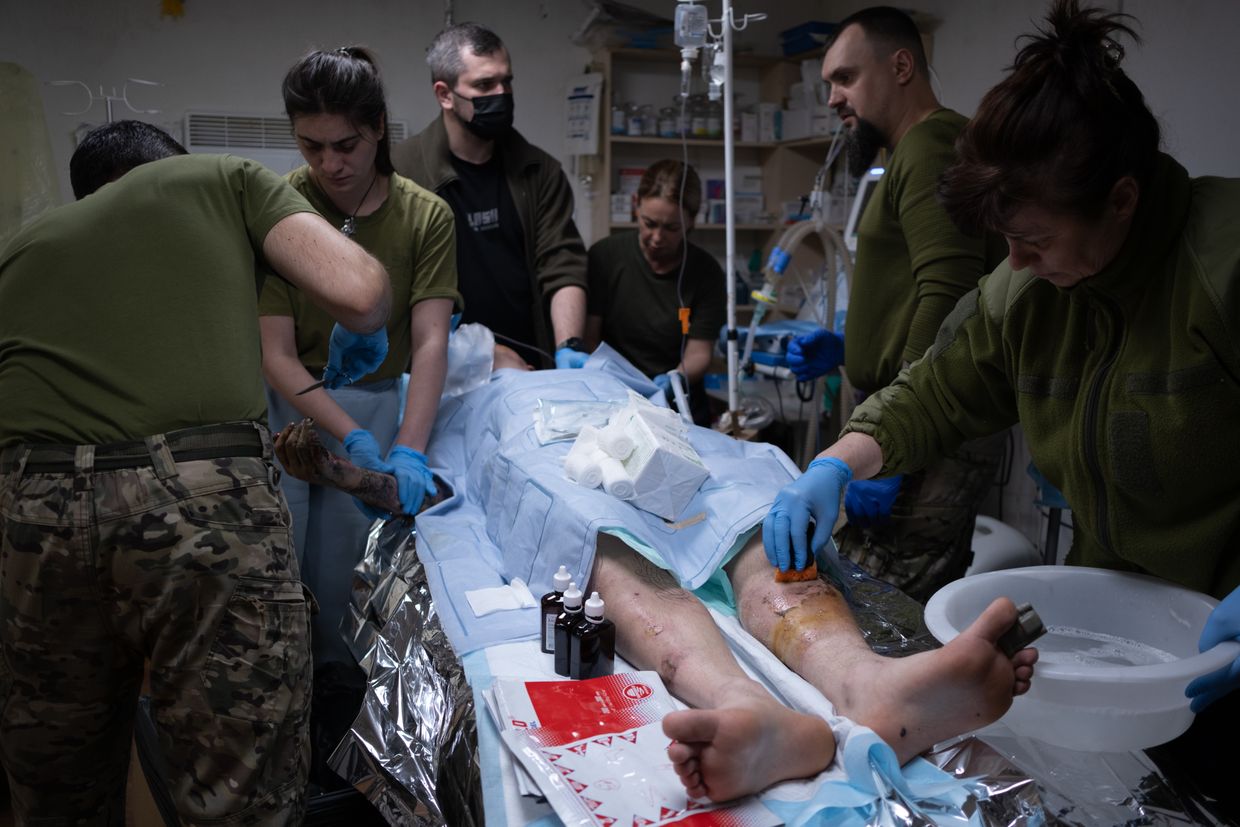
How medics of Ukraine’s 3rd Assault Brigade deal with horrors of drone warfare
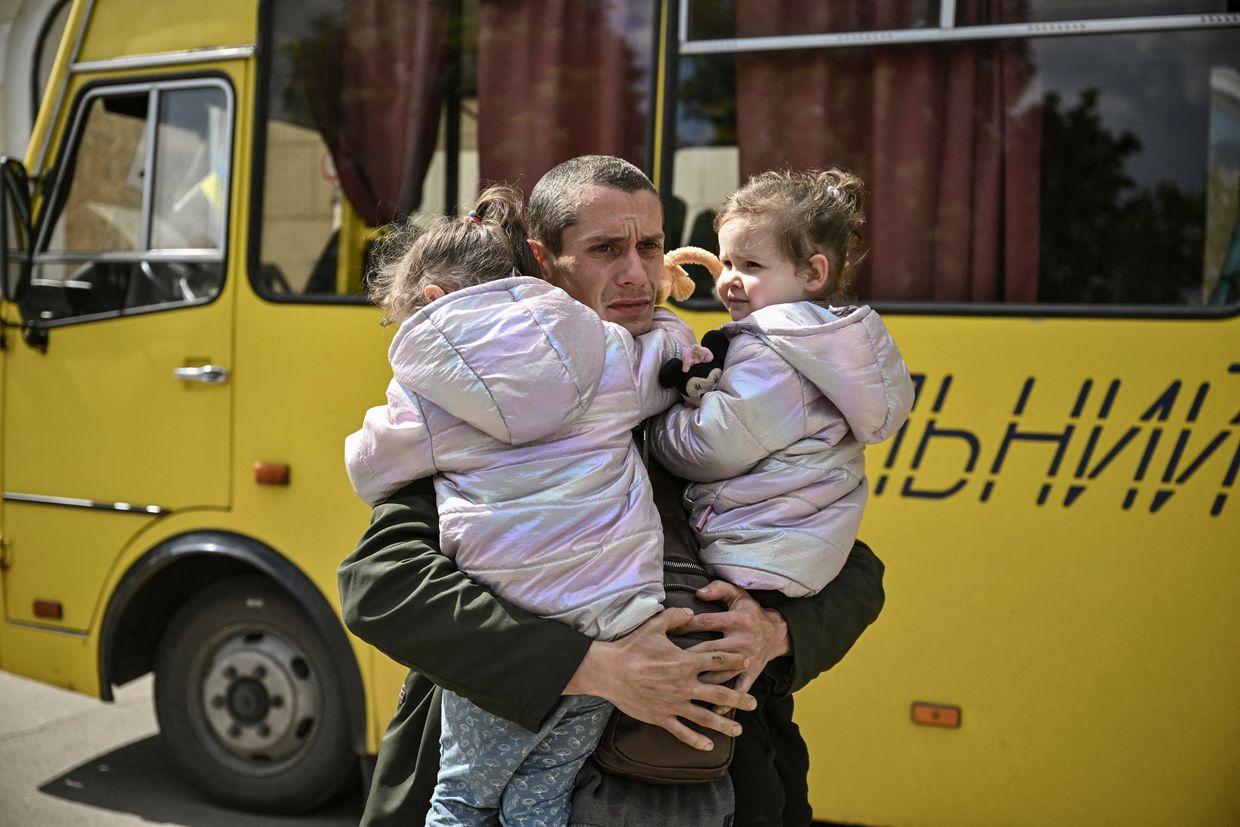
As Russia trains abducted children for war, Ukraine fights uphill battle to bring them home

'I just hate the Russians' — Kyiv district recovers from drone strike as ceasefire remains elusive
